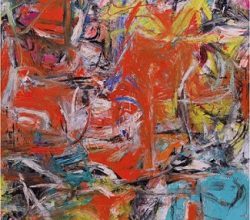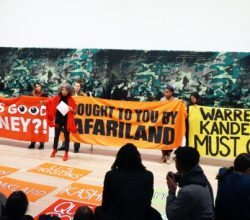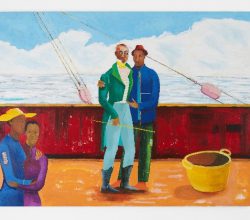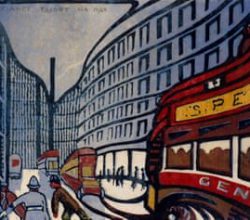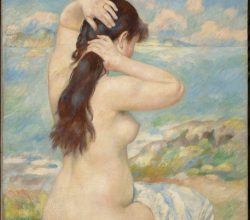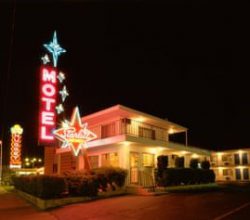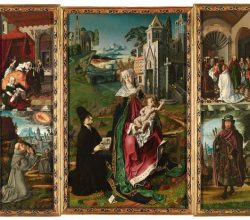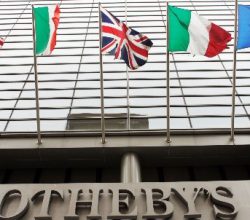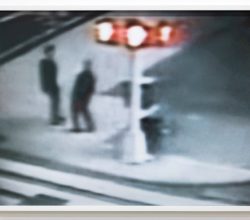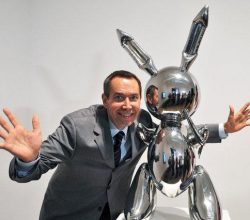
Cindy Sherman’s first UK retrospective
Tim Clark | British Journal of Photography | 24th June 2019
This exhibition, a lap of honour for Sherman, tells an important art story. Sherman doesn’t try for excellent photography. Her work shows the “gestures and tropes of womanhood” and is a commentary on images. As one writer puts it “Her work signaled the arrival of photography on art’s main stage … There is no real Cindy Sherman, only infinite characters who reflect the countless mediated images that bombard us daily”.

